
Come October
By Damien Ark
Deep in the heart of Texas and through decaying trees of Iowa, a boy awakens to his trauma, a mother counts her regrets, and a fairy tale is contained inside of Indra’s Net. In memoriam of Y2k. A final worthless prayer. Mostly based on true events.
Published by the next up and coming to be canceled small press, Feral Dove Books (feraldove.com)
With cover art photography by David Agasi (davidagasi.com)
And also contains an illustration for the final chapter by axel (on twitter as @ddumyyy)
My first novel, Fucked Up (Expat Press), was written in the hope of giving me a euphoric catharsis that’d free me of extreme rage and hopelessness. I used my various traumas and those of others related to me as the source of inspiration and fictionalized them as best as possible. Along the way of writing it, I fell in love for the first time, with Jon, a fellow writer who frequented and posted on DC’s blog as much as I did. Before Fucked Up was published, he passed away.
While Jon was alive, I had only written two chapters for this second book, and it was a project I shelved and honestly never wanted to complete. This was my truth. Fucked Up, but real. I had dreamed of doing more epic stories of various genres, which I would still like to do, but with his passing, I decided that this story made more sense to complete. The death of someone you love will force you to process your life and mortality.
Come October is hard for me to classify or explain to someone. It’s southern, Midwest, Jewish, horror, self-reflective nonsense, all of that, or maybe none of that. It’s autobiographical, but not of my entire life. That would be twice as long as Fucked Up, and, in my opinion, unnecessary. Most of this story takes place over a few years of my childhood, yet I think it contains all my life within it, even beyond what I’m writing now. It’s told in the first and third person and from various character perspectives. Some parts are dramatized and somewhat fictional, including one specific part that’s entirely fictional for obvious reasons, which you’ll recognize when you get there, but the vast majority is non-fiction. Part of it is even a family historical fairy tale. Unlike Fucked Up, it’s written in a discontinuous order.
At first, I wanted to publish Come October anonymously or hide it from myself after completion. I have no idea what kind of reaction it’ll produce. I’m still trying to answer many questions I asked myself in the novel. Maybe you’ll have a better answer and understanding of it than myself. After all, once a piece of writing becomes a book, it’s not the authors anymore. My public humiliation is yours to interpret however you see fit.







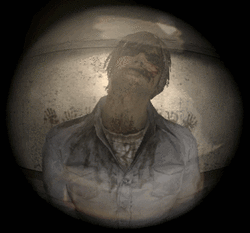
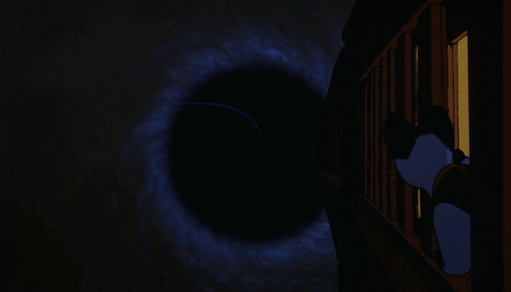

Night of the Galactic Railroad is a short story written by Kenji Miyazawa, which was later adapted into an anime in 1985. I saw the film first before reading Miyazawa’s story and found both versions to be one of the few pieces of art that truly inspired me. From a simple perspective, it’s about friendship, grief, death, reincarnation, and questions about the meaning of happiness. Most of the setting takes place on a train where the two main characters travel through an abstract vision of space. These two gifs are powerful scenes and images that will always stay with me, and maybe you’ll see glimpses of them in the novel, as well.

https://www.deviantart.com/kraola/art/Danny-Phantom-258473701
I grew up in an era when Google wasn’t the only search engine online, and it was much easier to explore the vast and boundless universe of the internet. In Fucked Up, I explore how millennials and (some) Gen Z’s internet experience led to desensitization from how easy it was to be exposed to extreme porn, real-life gore, and extremely offensive, sometimes dangerous and illegal websites. In Come October, some of that is mentioned, but the aesthetic nod is more tuned to websites that were also at their prime at the time, Deviantart and Fanfiction, without ever mentioning them. If you were lonely and nerdy, especially if you weren’t straight, you might have spent time glossing over stories of your favorite cartoon and anime characters in a gay relationship. Danny Phantom was quite the phenomenon then; the show and character were big for me too. Here’s a boy who was half human and half ghost. He feared his parents discovering his secret and what they’d do if they found out. He has tons of angst but also has superpowers and “saves the day.” Wow. How I wish I could have used my ghost powers to enact social justice during the Bush era, the collapse of capitalism, conservatism, and neo-liberalism…

I believe the furry fandom is becoming more well-known and slowly accepted as its presence on mainstream social media has merged with those outside it. Avatars and personas are more blurred, as hot takes and memes are central to a viral post for a day or two. Yet, I imagine many people still find furries quite “cringe,” confusing, and gross. That’s more than fine and maybe even preferred by me. As a furry, I’d want to remain an outsider and not see fursuits become a marketable product for mass consumption in grocery stores or an easy throwaway closet identity. I was a furry before I even knew what it meant, thanks to these Disney movies I grew up to, and then later found fan art online.
Furries are an identity, culture, and family that wouldn’t exist without art. It takes lots of work to build a single suit, to draw a character, to create the concept of one that fits its owner, and so on. There’s anthropomorphic literature, although most of it seems to be centered on eroticism, even if there’s a complex storyline. Please, don’t think of this as criticism, as I enjoy that, too. However, as the fandom grows larger, and more accepted, maybe the art around it can become more abstract. Is Fucked Up a furry novel if some characters identify with the community and own fursuits? I don’t know. Are furries allowed to express that part of their identity in the art world, whether indie or mainstream?
The cartoon adaptation of Robin Hood has most likely had just as much of an influence on my life as any other art I’ve consumed.
Come October is another push to see how much of that aspect of my identity can be accepted and understood within the space of independent literature. I imagine a future where you can find outsider furry writers beside other outsider, avant-garde, and harder-to-classify writers.
Music is always integrated into my writing and its process. While I leaned much more on depressive ambient drones and noisy romantic shoegaze for Fucked Up, Come October’s sound is much less obscure. It’s filled with nostalgic French house, obnoxious trance, and bits of acid. Since I’m focusing on real-life childhood, I’m also reflecting on some very shitty pop and R&B. Sometimes, I’d blast music by Ying Yang Twins, Jojo, and N-Sync, while writing specific parts to induce hellish nostalgia.



TDJ’s SPF mixes have also influenced me. Pessimistic anti-consumerism is intermeshed with some of the most hyper-wonder trance I’ve ever heard. They put me in a state of wanting to celebrate and see big cities turned to rubble as I’m writing.
Here’s a nice two-and-a-half-hour DJ Mix that I made for the novel!
https://www.mixcloud.com/damienark/come-october-novel-mixtape-feral-dove-press/
***
Now I’ll give you a conglomerated, disorganized excerpt to give you a taste, but not enough for you to know what this actually is.
Closing The Wound

D enters the tiny witness surveillance room. In this instant, he’s twenty-six years old, but still trapped in the body of a dead child. He turns his face to the left and stares confusedly at the painted smiling children frolicking in flower gardens. There’s even a set of play toys in a basket. Am I supposed to take a doll and point at its privates? Do I thrust a finger into the butt part? Why does she need to ask me questions if nothing is going to happen to him? Everything has already happened to him. Everything has already happened to me.
—-Behind the woman interviewing him, there’s a camera locked into a glass case recording them. Somewhere in the facility, an officer, a therapist, and another forensic interviewer watch the footage as it is being recorded. He is fortunate because it wasn’t always like this; this will be the only time he will have to answer questions on this subject for legal purposes.
—-A light above his eyes glides from left to right. Right to left. Left to right. Left to right. Before the woman speaks, he can already hear the sound of snapped glowsticks, pop rocks fizzing on the tongue, the echo of basketballs in a gymnasium, and mid-2000s rap and R&B blasting on the dance floor. She guides him with a calming whisper, “Think back as early as you can. Before the mall incident. Locate the earliest memory you can of feeling safe, somewhere you felt genuinely happy.”
X X X
—-The Kroger grocery store had a drop-off for little kids so parents could shop without having their kids running through the aisles. When mom left me there, I’d glue myself to the A Bugs Life game on Nintendo 64, which is still the most challenging fucking game I’ve ever played, its soundtrack sometimes following me even to this day. It makes me think of artificial grass, karate lessons, and pink lemonade. I also see Grandma and Grandpa’s house in Iowa, desolate from the world, from its own city, street, and hidden behind the trees. A piece of my flesh was buried in the front yard with a seed, and now the tree is as tall as the house. When I am dead, that tree will be my ladder to heaven. Inside the pith, through ironclad roots, dirt that gives birth, a bridge of white light from Iowa to Poland. That is where all my souls, from the past and now, are held.
X X X
—-A six-flags commercial featuring Vengaboys’ “We Like to Party” was fighting through the static on a boombox in the arcade room while a group of ten-year-old boys gathered around a foosball table. D stopped a shot with his goalie, and with a quick flick of his palm, he remained an undefeated champion. The other boys were inquiring about a dare that JT came up with; he challenged that whoever had the guts to say Bloody Mary three times in the bathroom with the lights off could get drunk with him and his older brother over the weekend. One of the boys instilled fear in the others, lying that he knew someone that had their eyes plucked out after saying it. When another kid called him out, the word faggot was thrown around, then pussy ass faggot, because nobody was willing to do it.
—-“Bloody Mary is real,” D stated as he stared at the others. “I’ve seen her at J’s place. She doesn’t hurt me, though. But it’s true that she has plucked eyes out of people’s sockets and used them for herself. She does that to see the fear in you with your own eyes before she kills you. I’ll do it, but I don’t think any of you should. I think she likes me.”
—-The others silently watched as D went to the restroom and carefully shut the door. In the darkness, he felt his skin emanating a dim, pearly glow that lit the dense piss-scented space around him. Someone from outside banged on the door as if to try and make him shriek, but he expected someone to do that. With his eyes wide open, patiently waiting for them to be removed, he spoke into the mirror, “Bloody Mary, Bloody Mary, Bloody Mary.” Nothing happened, so he repeated it louder.
—-It’s not like he expected anything to happen since he made up everything he said to the others. However, he remained in the bathroom, mumbling to himself in the hope that they could hear so that he could tell them about a conversation he had with Bloody Mary. He thought about how he and Evan had touched and sucked each other’s dicks at this daycare. The more he thought about it, the further away Evan was, and the more disgusted he felt because he wanted it, or anyone, to touch him like that again. A feeling overtook him, like being entrapped in a straitjacket, and his shoulders and the back of his head jolted against the wall while his crotch thrust outward. He gritted his teeth, stretched his lips, and pressed his nails as hard as possible into his pubis. When the tension and pain were too much, he instantly returned to his senses and flicked the switch. An ebony figure made of smoke stood near the toilet and reached for him. The second he saw it, he twisted the doorknob, threw himself onto the ground to escape it, and tried to keep his cool while the others surrounded him. All the kids, except JT, were just as disturbed by the horror nailed to D’s face.
—-D thought about something his father once said to him when he had woken up, thinking someone had tried to knock over his dresser. “There’s no evidence of ghosts being real. What you thought you saw was just chemicals in your brain sparking because you were scared. You formed the image you wanted to see based on your own fears. When people die, they don’t come back. They don’t go to heaven, they don’t go to hell, and nobody’s soul is trapped here. Nothing happens after you’re dead. You don’t need to be scared of dead people hurting you anymore.”
—-Trauma was more than a memory, nightmare, or flashes of dissociation. It was also the constant hallucinations that felt as real as anyone else’s presence. His eyes might as well have been removed the day he had first been raped. If there was no redemption or way of being an angelic virgin in heaven, he might as well be dead. Vampires aren’t real. Ghosts aren’t real. A boy with bloody underwear, the corpse he kissed, screaming into a pillow in a hospital bed after a suicide attempt, all too real.
—-♫ ♫ We like to party. We like. We like to party. ♫ ♫ ♫
X X X
—-Every house in the neighborhood was lathered in decorations, with carved pumpkins on every doorstep, orange and purple lights in the bushes, stickers of skeletons and Frankenstein on the windows, fake bioluminescent spiderwebs ebbed around like cotton candy in the trees, and inflatable monsters in the yard. A week ago, D and his father built a coffin out of wood in the garage, spray-painted it black, and placed an animatronic skeleton inside of it that would pop up, scream, and frighten anyone hoping to get a fistful of candy. It wasn’t the scariest house, but he was proud of it. Nothing made him happier than to see kids sobbing when they saw a clown with LEDs in its eyes hanging from the front door.
—-As they pulled up to the garage, D thought about how Riley would sit out in the driveway with the candy bowl that had a talking goblin hand inside of it. The hand would repeat with a glitchy hoarse croak, “Waaaaaaant some candy? He ha ha ha ha.” Dressed in an all-black robe that veiled most of his face, he’d let a child stick their hand in the bowl, which he placed against his crotch, and then shout, “BOO!” When the child would scream, D would squeeze a plastic heart in his hand, which made his skeleton mask fill with fake blood.
—-Halloween is a day when violence and death are joyously celebrated. The fictional and inhuman come to life, and nobody is ashamed to take these roles within a costume for a day. People seek out attractions that will disturb them the most, while others are permitted to get off on scaring others. It’s also a day of cartoon specials, sorting candy on the carpet, roasting pumpkin seeds, freshly baked sugar cookies, the perfect autumn day where nature’s rot imitates the decorations, all before winter paralyzes and religious holidays redecorate the yards.
—-Once D made it into his room, he yanked a cord from behind his dresser, wrapped a pair of Halloween lights around his bed, and looped his neck with it. Miniature purple ghosts were pressing into his throat and gnarring at him. “Bloody Mary…” He squeezed tight and felt his eyes bulge. “Fucking, Bloody Mary.” It was too strenuous to repeat. His brain wouldn’t let him fill his vision up with any more stardust and forced him to surrender. A moment later, he dug his nails into the scabs around his pubis, hoping to draw more blood to taste, and then his mother opened the door, unsure who was in her son’s bed anymore.
X X X
—-JT wanted to be the next Eminem, a white ten-year-old rapper boy with a shaved head, tall and impoverished to the bones, playground freestylist, lyrics about stabbing his mother, a failure at every subject in fifth grade, clinging to his deranged sixteen-year-old brother that he’d never measure up to. Nobody could throw down like him in a rap battle or pencil tapping contest or beatbox like his drum machine of a mouth.
—-50 Cent’s ‘In Da Club’ was cranked up, eating the van’s speakers as the kids inside recited the lyrics together, imagining big-breasted women were at their feet, attaching golden charms to their ankles and fingers. In a few days, it would be JT’s birthday; D felt special knowing he’d be at his side all weekend to celebrate it. As soon as they were let out of the van in front of the mall, JT’s older brother, Austin, took D in a chokehold until he started squirming fearfully. “Chill fag, just playing with you,” Austin grunted, pushing him out of the way and to his friend. JT was laughing along, jumping; it’s cool to get beaten up because that’s what men do. Yet, faggot D rubbed the sore ring around his neck and held back tears. Austin’s friend, Sam, was also with them and snarled in his Korn shirt and baggy black pants. He towered over D as he teased him, “Where’d you get that Pink Floyd shirt, anyway? Target? Pink Floyd’s for fucking faggots. They even have a gay ass rainbow on an album cover. Take that shirt off before someone beats you up or thinks we’re gay, too. Does your mom make you wear those retarded fucking cowboy boots, too? You’re a redneck, faggot, and a Jew. Why are you friends with this gay ass kike, JT? Are you two sucking each other’s dicks or some shit? You’re not gay, too, are you?”
—-“Fuck you. I’m not gay.” JT held his friend back. “D’s not gay either. You’re the faggot! Korn is fucking gay as fuck! That dude sings about his dad fucking him and shit, and he sings like a fucking gaywad, too.”
—-“Didn’t your dad rape your ass? So what does that make you, queer?” Sam stuck a chunk of cancer beneath his back teeth and spat at the kid’s shoes. “You think you’re cool? You don’t even have hair on your dick. Talk shit when you can get pussy, faggot.”
—-In the spur of the moment, JT tried to fight him by punching with the side of his palms, which went on until Austin finished a cigarette and pulled them apart. Sam stood still, held ground, twice as tall as the skinhead kid, and kept egging him on the whole time. Then they walked into the Dicks sporting goods store and went their separate ways.
—-“Your brother and his friend are sort of assholes,” D remarked. As they stood alone in front of ammunition boxes, he quietly asked, “Did your dad really rape you? Is that why your parents are divorced?”
—-Immediately, JT refuted, “No… Sam’s just an asshole. They broke up because my mom’s a slut. She’s already trying to marry this new guy… I wish they were both dead. Dad, too. Then we can get all his money, and I can live with my rich-ass grandparents in California.”
—-Somewhere upstairs, D’s mother was working, selling expensive handbags after she had quit selling lingerie. He thought about sprinting upstairs to surprise her, then he and his friend could ice skate or win ten or fifteen packs of fun dip at Dave and Buster’s. The thought became an insurgent trance in which his mind melted into the mall’s structure. He imagined his brain as the cotton stuffing in the Build-A-Bear workshop, a body slamming into a toilet stall, his limbs as dirty sticky escalators, a voyeuristic predator chewing on the end of a table in the food court. When he came out of the vision, his friend was gone. Instead, it was Sam and Austin that were juxtaposed with him.
—-It was common for people to name their children after places in Texas. Austin, Dallas, McKinney, Houston, Tyler, Denton. Austin was just that, the keep Austin weird, and his tastes were too obscure to fit the mall-goths that lurked around from Hot Topic to Barnes and Noble. He wore his hair long and wavy like that of a death metal musician and showed off his unique music taste with black band tank-tops that displayed his sinewy triceps. Sam was a greasier and uglier version of Austin, who had to make up for his cliched appearance by attempting to be just as tough and vile.
—-Austin reached for D with one hand, squeezed his shoulder, and brought him closer to his chest. “JT says you don’t get scared easily. So how about this… Does this scare you at all?” He twisted the boy around so that D was pinned to him, revealed a hunting knife, and let the light glimmer off it and into D’s eyes. Slick, sharp, well oiled, the handle wobbled as if used countless times before. “Scared now? Am I scarier than Bloody Mary?”
—-While Austin dangled the blade around in D’s face, Sam made sure nobody was in the aisle of the already desolated store before he held out a pistol toward the kid. It was the knife that brought D into a panic. His legs buckled, and as much as he tried to scream, his voice wouldn’t let him. He dry heaved and felt the black dots froth in his eyes while his skin sizzled from being touched. A fist full of scorpions shoved into his cum filled mouth. A vampire is thrust out into the sunlight. An angel caught being dressed as the morning star.
—-“If you scream, run, or tell anyone, we’ll fucking kill you. We’ll cut you to fucking pieces. Nobody would even give a shit if you were dead. You’re just a stupid faggot, anyway.”
—-G-d must have defeated whatever curse Riley had on him and the world for a second because he managed to break from Austin’s deadly embrace and sprint away. He thought about hiding inside a canoe, under a rack with cowboy boots, but with them too close, he didn’t want to risk it. Instead, he trapped himself inside a rifle storage cabinet, one of a dozen lined up in an aisle near a restroom.
—-“Please, G-d, please help me. I’m sorry. I know I should have said something. I’m an idiot. I know. I’m sorry. It’s my fault. Don’t let them hurt me. I don’t want to be hurt again.”
—-From outside the container, there was the sound of toilets flushing, piss streams, and parents helping their children. He sunk into a sphere as he listened intently and tried to remember. Why did he want to remember? What peace would it bring if he knew what the stranger had looked like? He had always wondered what the man wanted with his underwear, if he kept it, and what he did with it. D imagined looking down on himself in a public bathroom, comfortably asleep and underneath a sink. Then there was silence like there had been before he was found. Hundreds of hands emerged from the floor, walls, and ceiling to grab them both, to rip their bodies apart with piercing chains, machetes, kitchen knives, and revved-up chainsaws.
—-More than an hour passed before D left the safe and wandered around the store until he found JT. Austin and Sam were with him, and they all acted ashamed of what they had done and shocked that he had hidden for so long. Austin spoke in a higher note as if calming down a baby and construed, “Hey man… It was just a joke. We were just fucking with you. You’re cool, D. We like you. If you’re friends with JT, then you’re our friend, too. That should make you proud, man. You’re with the coolest now.”
Buy here –
https://feraldove.com/comeoctober
Buy my first book, Fucked Up, here – https://expatpress.com/product/fucked-up-damien-ark/
Twitter/X (Ughhhh fuck this site) – https://twitter.com/damien_ark
Neutral Spaces – https://neutralspaces.co/damienark/
Blue sky – https://bsky.app/profile/damienark.bsky.social
In two years, you’ll need twenty other social media apps to communicate with other artists, I imagine. Or maybe, the smart idea is to make a really nifty fun blog like this one! What would mine be like? Probably nothing but porn posts like the monthly DC sex slaves.
P.S Big thank you to Dennis for putting this piece out for me. Thank you to anyone that read through this post. Big thanks if you support it, too! <3 owo
*
p.s. Hey. This weekend the blog gets to be a red, or I guess white with red intentions carpet for the new novel by Damien Ark, author of the fantastic, blog approval-stamped novel ‘Fucked Up’, and d.l. emeritus. I’ve just started reading ‘Come October’, and I can already highly recommend it. Please scour the evidence at hand between now and Monday, and surrender to its void. Thank you, Damien, for choosing here as a birth canal. The blog and its maker are most appreciative. ** _Black_Acrylic, Hi, Ben. The Friday the 13th films have a nice kind of low end harshness and decent dollops of unintended-ish hilarity at their sporadic best. ** Jack Skelley, Jack turns every Saturday into a Saturnalia. I’m feeling okay. Seems it was just a polite cold. I’m going to make shit happen here by hook or crook. Probably crook. xo, me. ** DARBi🐊, Hi, hi. Me too: north over south. Right, an MA address would get you easy access to NYC and the whole New England experience at large. From what you’ve been telling me, you’ve been doing plenty for yourself. Seems like they just their priorities wrong. I like confusing and cryptic. Confusion is the truth is my motto. I’m not a psycho, so logic says you aren’t. Thanks for the wished-for Halloween makeover. Paris needs it badly, and I only have two hands. Enjoy the big H whatever you end up doing, okay? Meet you back here ASAP. ** Damien Ark, If it isn’t the human with a capital H of the next 48 hours. I remember being completely shocked by the ‘Jason Takes Manhattan’ mis-title, in a bad way but then in a good way as time went on. I’m a weirdo who’s never really liked the ‘Saw’ movies. I should try one of them again to try to figure out why. Thank you again ‘in person’ for the weekend’s gift. I’m loving the novel, and my love is notoriously contagious. Lots of hearts, stabbed and otherwise, from me to you. ** Steve Erickson, I’m feeling okay-ish, thank you. Really hope you can get the anxiety tamped out even before the doctor intervenes somehow. Um, … no, I don’t think I’ve been to any of those haunts. I tried to go to Scary Labyrinth of Fear when I was in Japan, but it was fucking closed for maintenance. Huh, I didn’t have an image in my head of the bandcamp workers living in SF, but that makes sense. Strange what image can suggest. ** Bill, Hey, B. The first one is exactly the same except with lots of dead imbeds and links. Wow, I knew nothing about Scarfolk. Thank you. That’s an excellent find. Nice. Bonnest weekend. ** Gee, Thanks. I’m actually almost okay. A bit puffy eyed, so I fear my photoshoot will not result in setting a large number of hearts aflame. Thanks, pal, about ‘Closer’. It’s strange to be revisiting it for interviews and stuff. Good strange. Cool, nice, about the new friend and the outing. Was the book fair up to snuff? Okay, I will prepare myself for the cat version of you. If I end up neck scrunching you from afar, know that my intentions are noble. ** Audrey, Hi, Audrey. Oh, I do agree with you about late controversial works, yeah. It’s just when artists start wild and daring and then seem to start just cranking stuff out with their name attached that I feel disappointed. I’m feeling mostly alright again, but thank you. That is a lovely horror playlist. I think I’ve seen most of them, and I’m loving the combo. Lucky you. Oh, so Zombie’s ‘Munsters’ movie is good, huh? I avoided it because it got trashed so much and because I love that TV show a lot. But, hm, okay, I really do need a Halloween entertainment option, so … maybe I’ll dare. I will hold out hope that your and Darbi’s longed for Paris Halloween overlay comes true. However, since even the stores that cursorily put a few little cardboard pumpkin decorations in their candy aisle have already replaced them with cardboard Santas, my hope will have to be kept a little in check. But thank you no matter what!!!!! Love from here and me, Dennis. ** Right. Use your eyes and ears where called-for for the express purpose of exploring Damien’s new novel until next we cross paths. Which will be on Monday. Thank you.




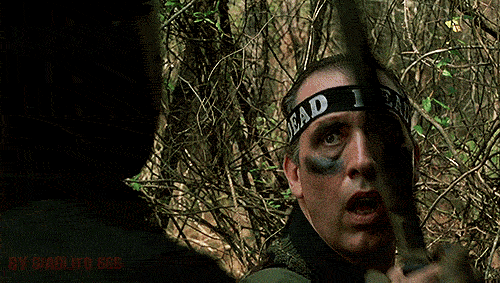









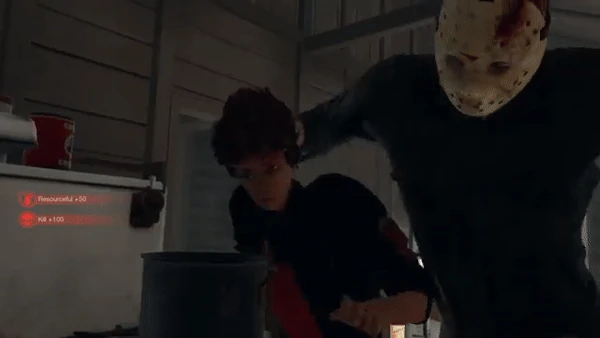



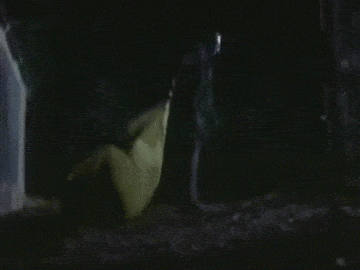


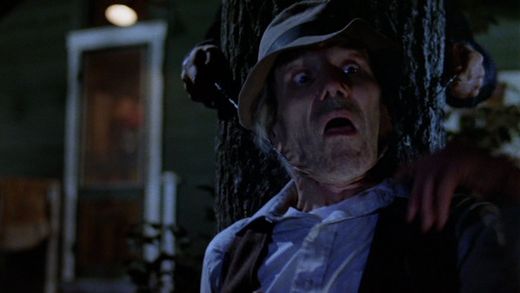

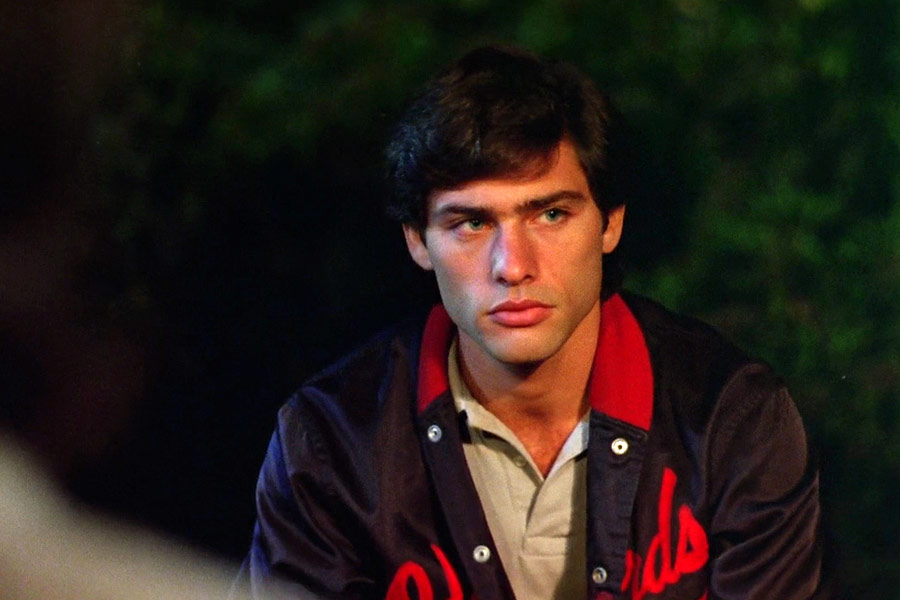
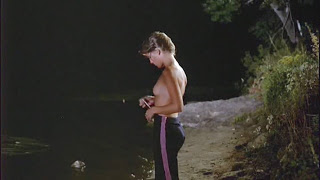



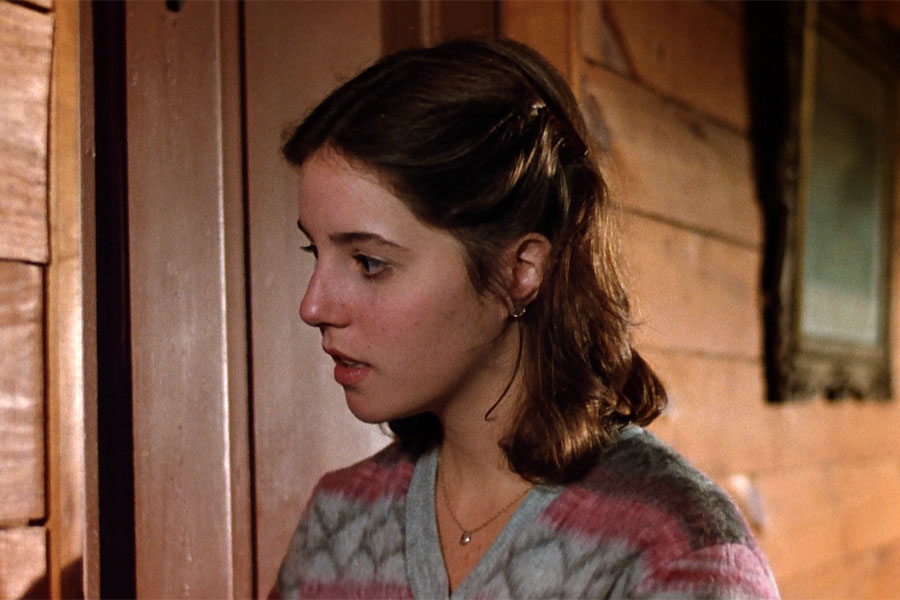










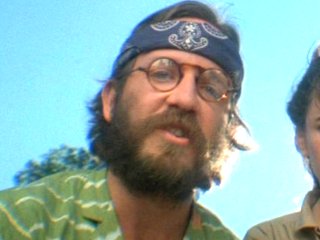


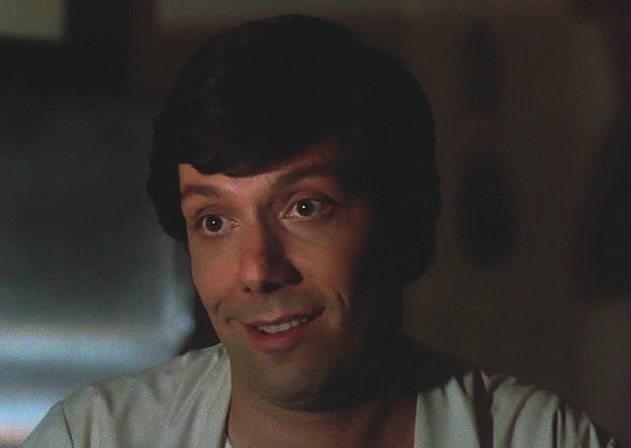



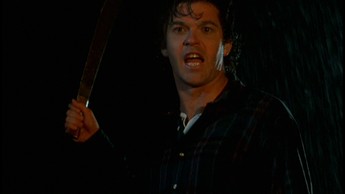


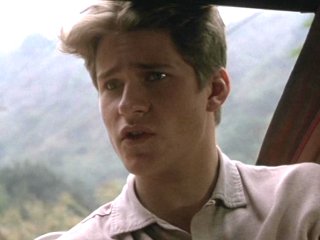
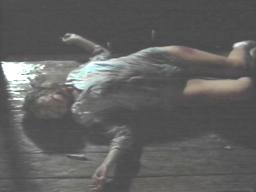



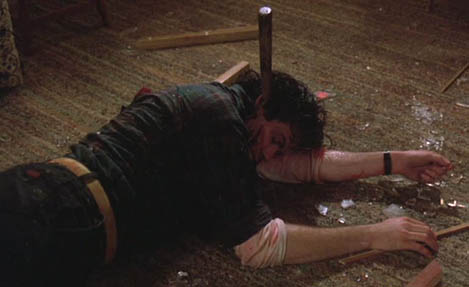
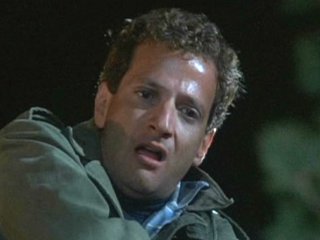
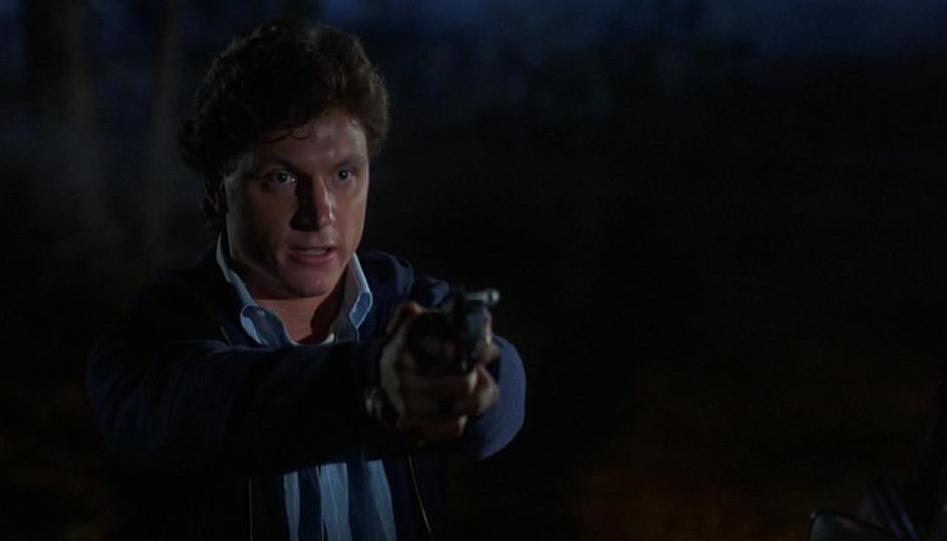




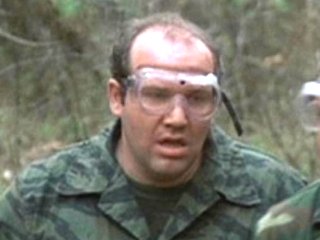
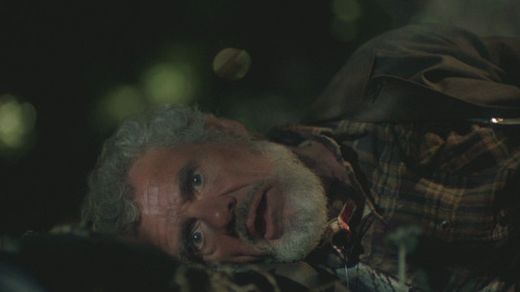



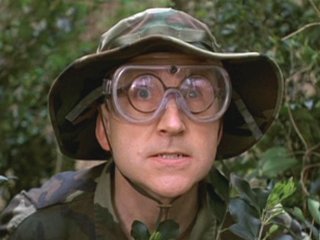



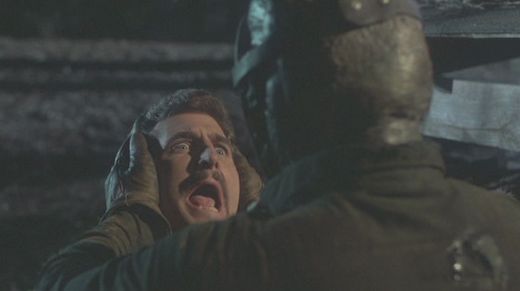
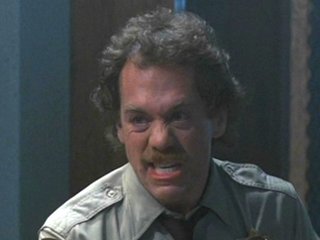


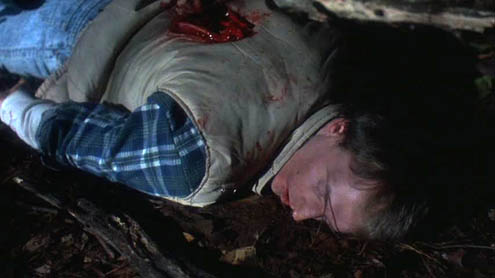


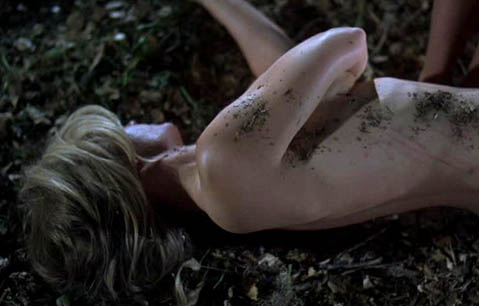






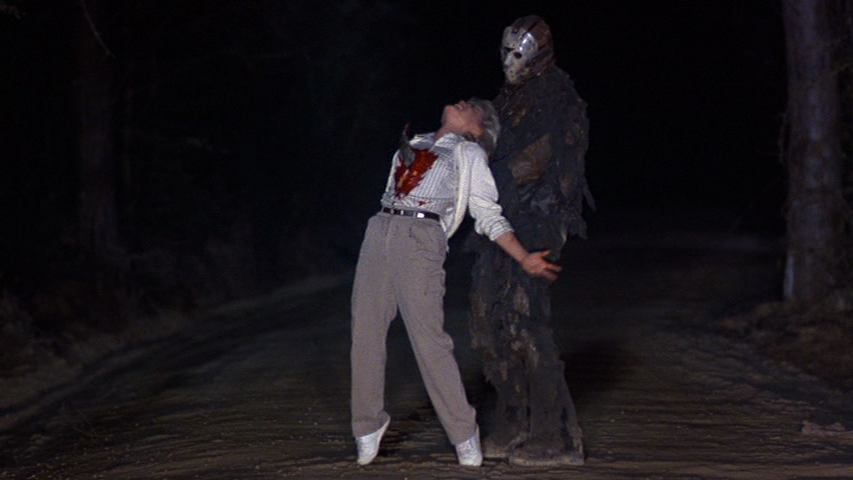

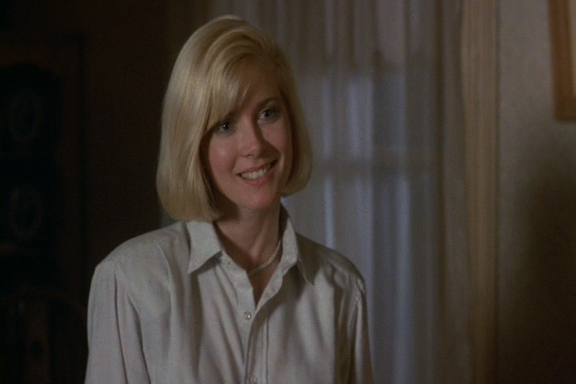





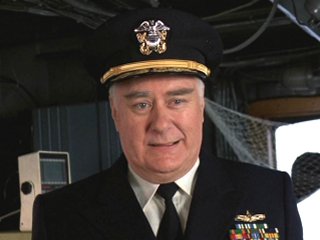

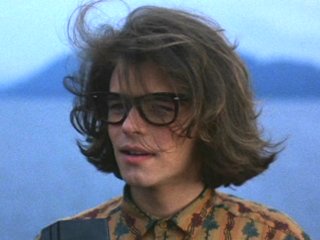
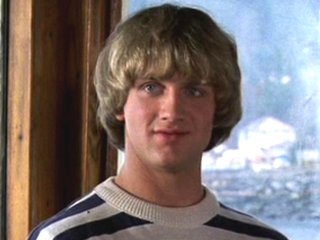

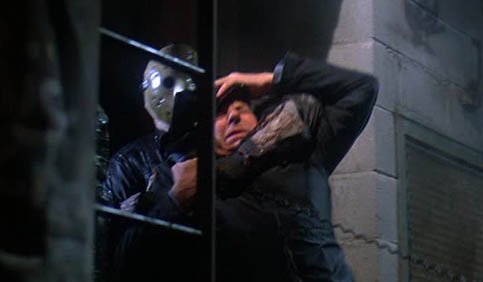

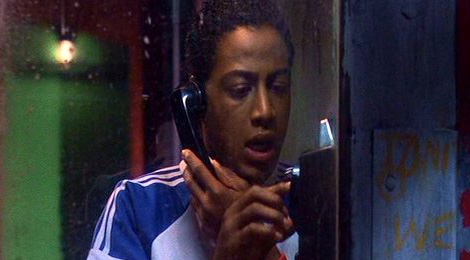


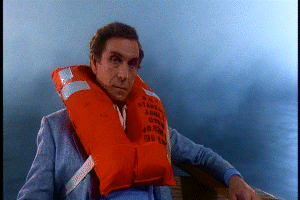
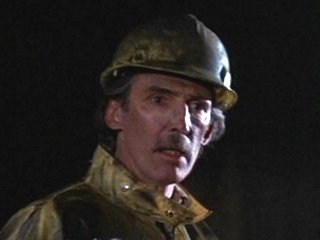


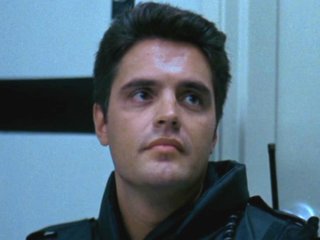








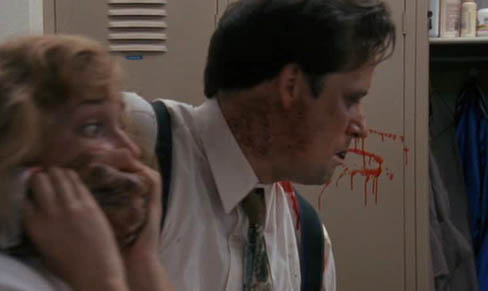


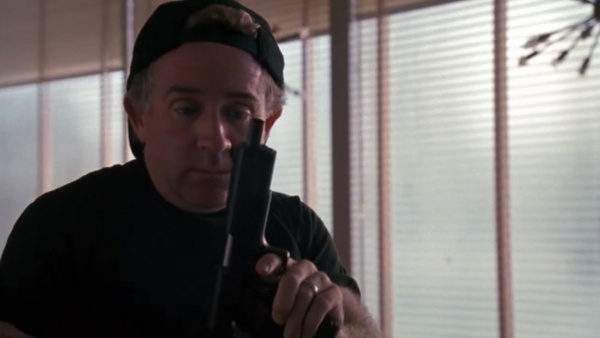


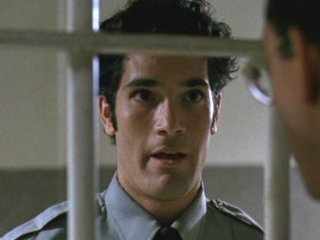
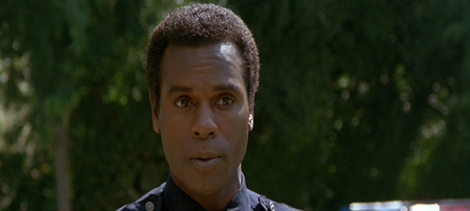
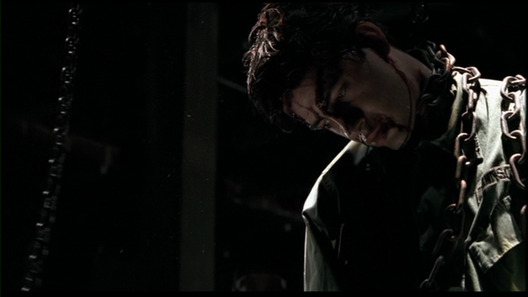

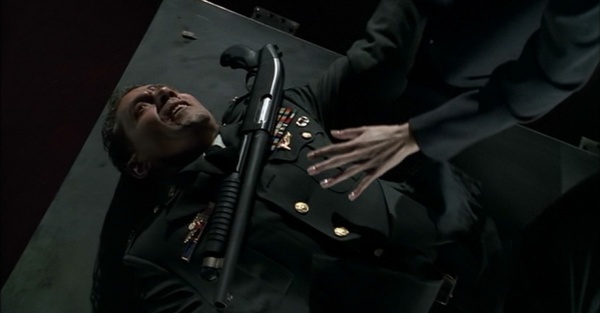




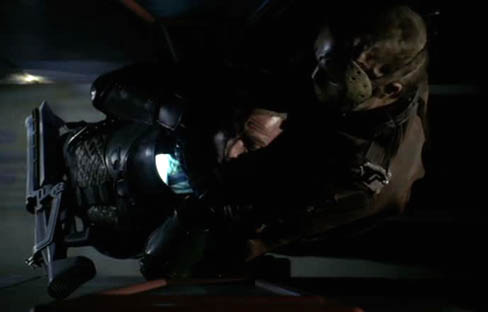






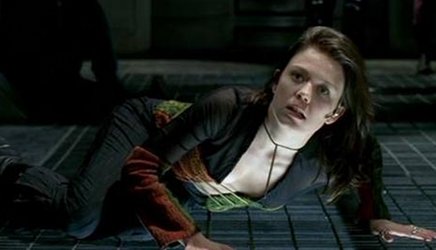
















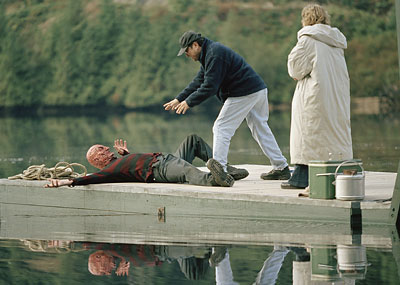


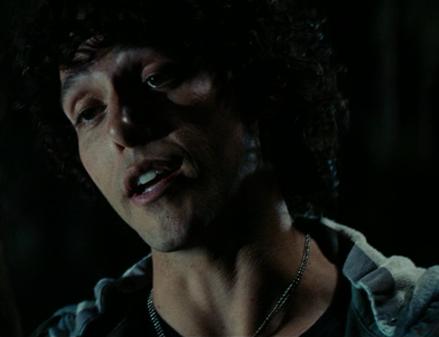
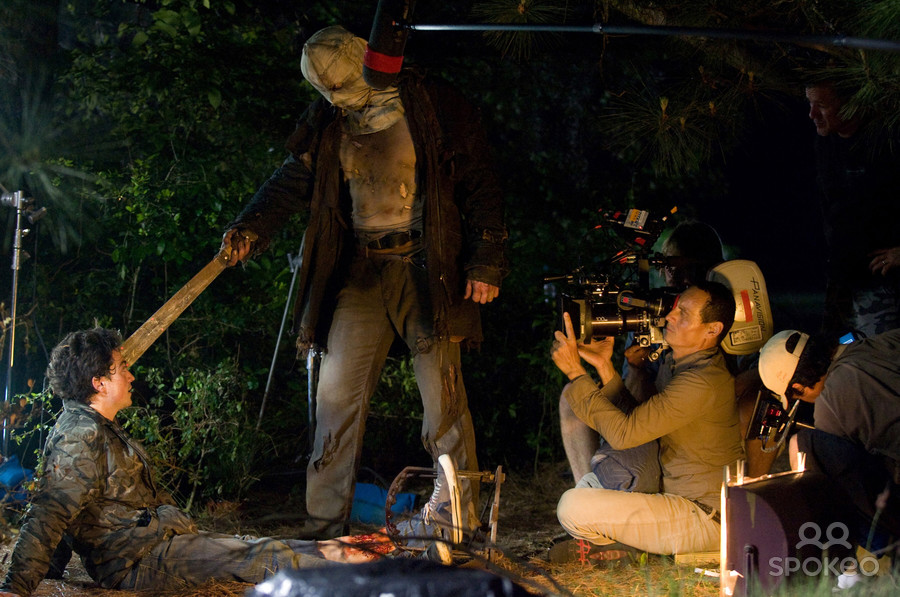
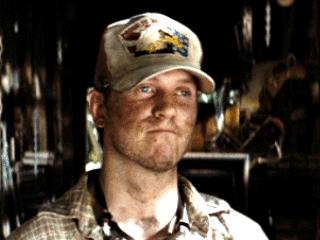
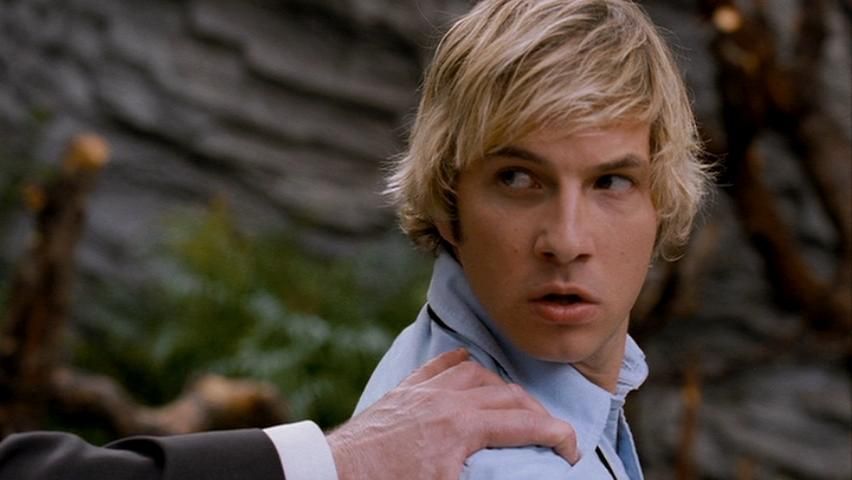
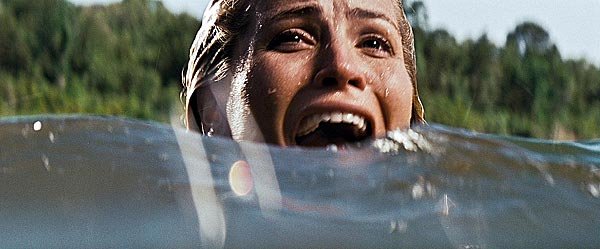

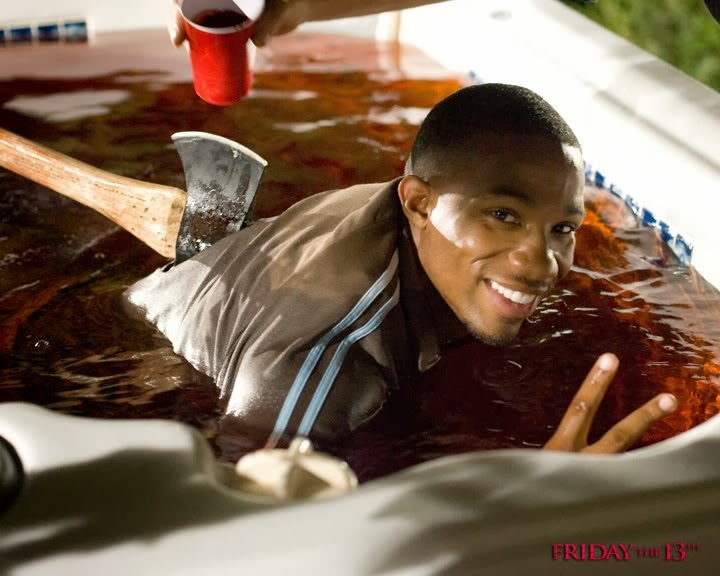

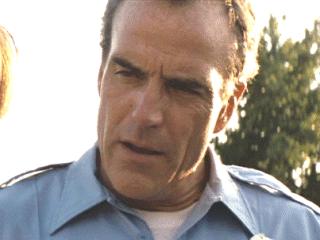




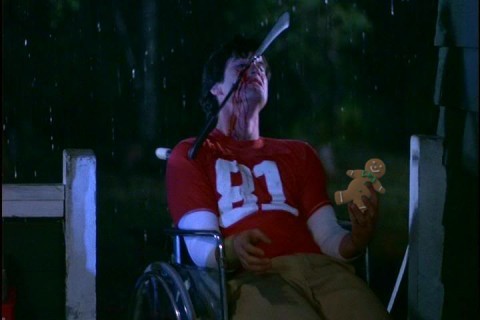










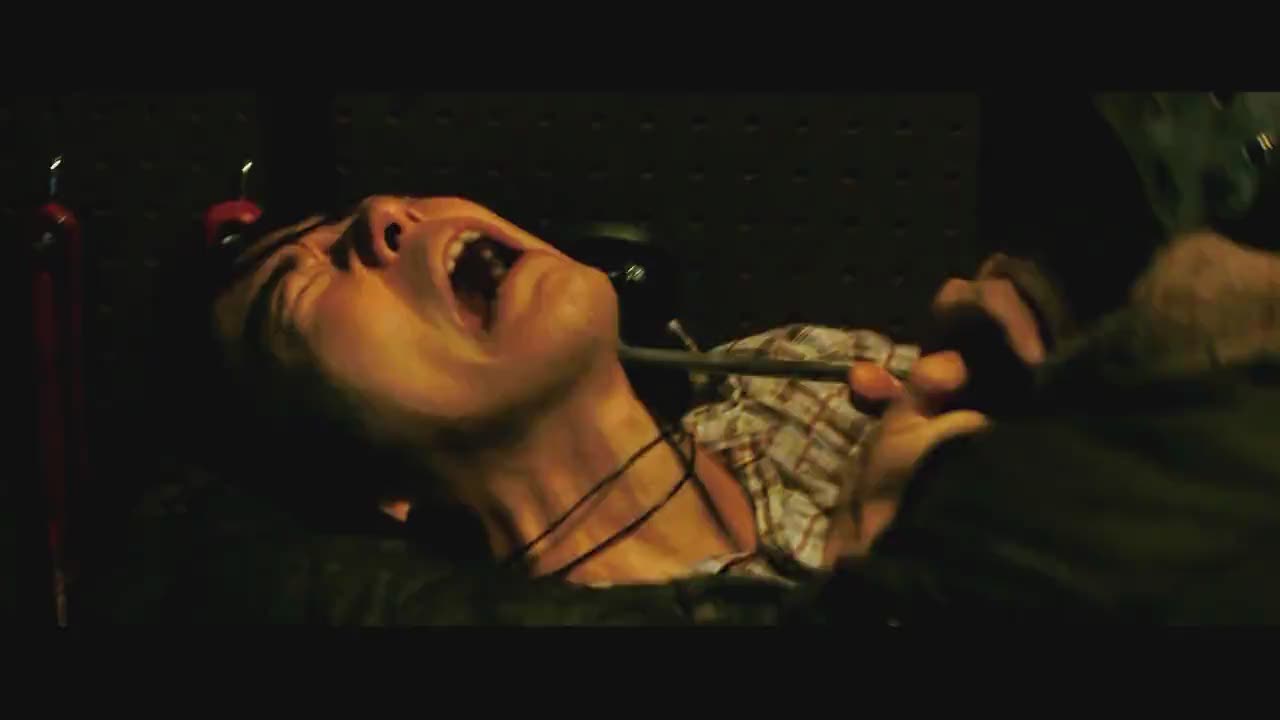




 Now available in North America
Now available in North America 